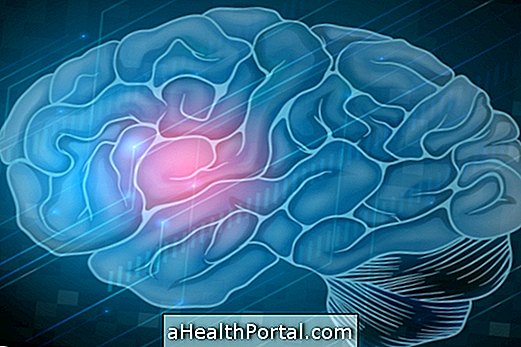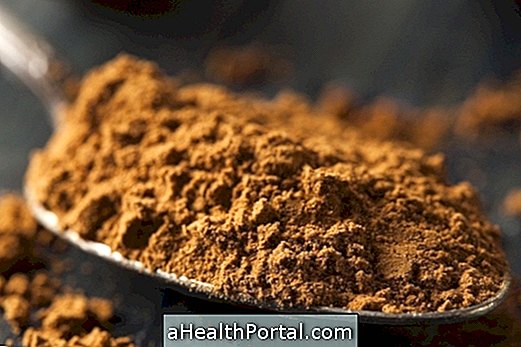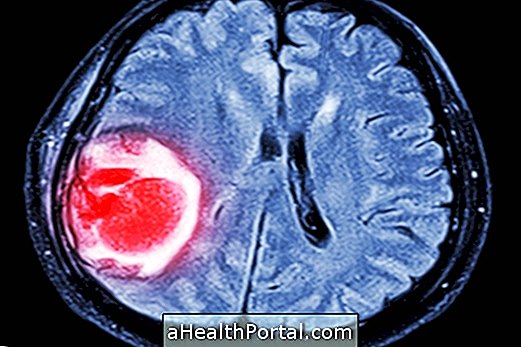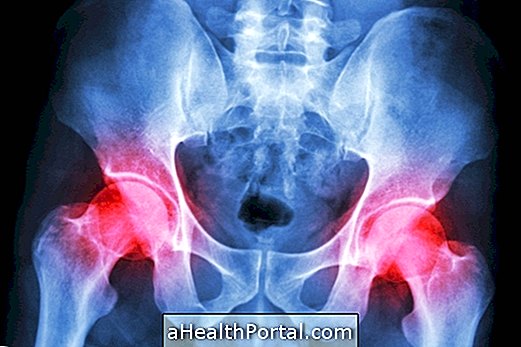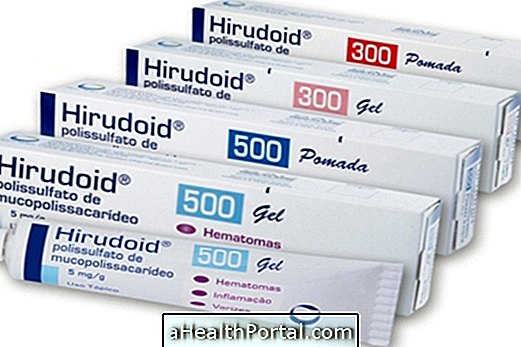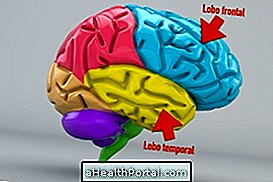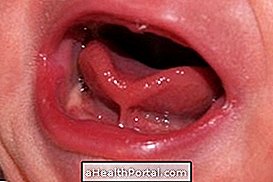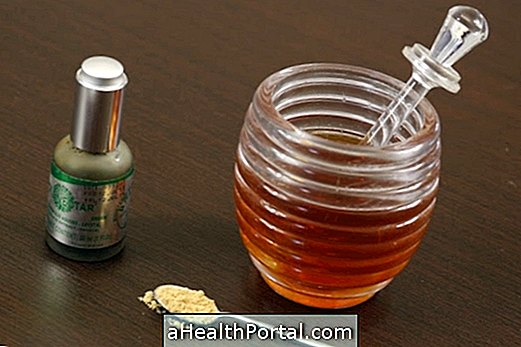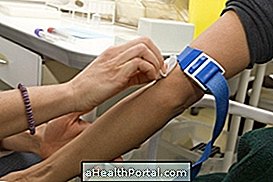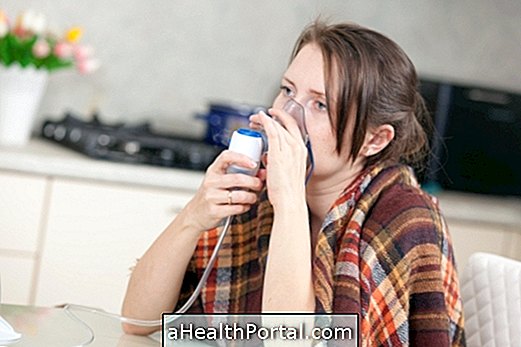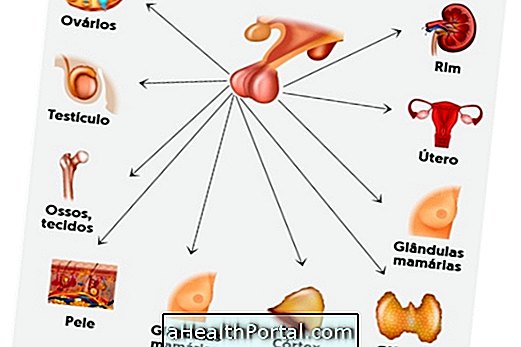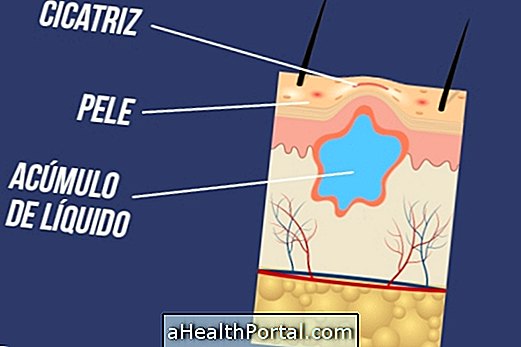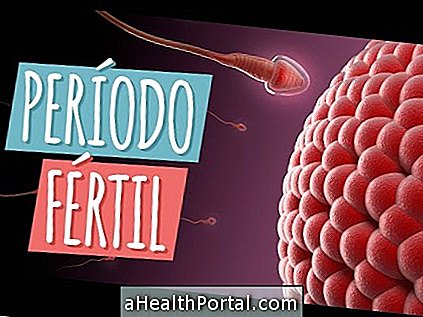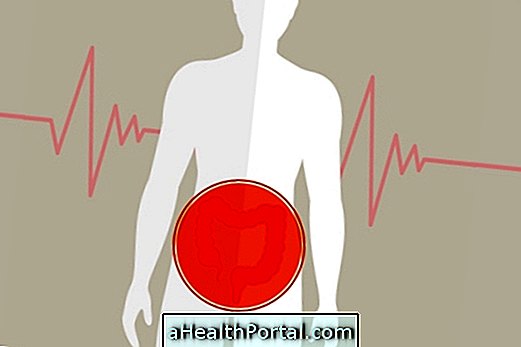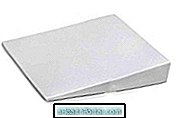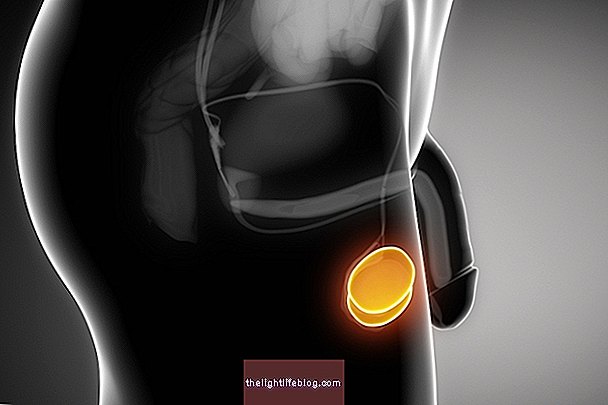The treatment for osteoporosis is aimed at strengthening the bones. The doctor may indicate the use of medications, but regular physical exercise and increased consumption of foods rich in calcium and vitamin D are also recommendations to be followed.
Osteoporosis can not be cured, but it is possible to improve bone mass by making bones stronger and less fractured by taking medication, eating and exercising for life.
1. Remedies for osteoporosis

Osteoporosis remedies should be taken daily when indicated by the general practitioner, gynecologist or geriatrician and can be:
- Calcitonin in injectable or inhaled form : prevents calcium levels from being too high in the bloodstream;
- Strontium ranelate : enhances bone formation;
- Teriparatide in injectable form : reduces the risk of bone fractures;
- Calcium and vitamin D supplementation: like this for example: calcium and vitamin D supplementation.
The use of these remedies is especially indicated for the treatment of osteoporosis in women during or after menopause or in men who have high bone loss. Get to know other examples and how Osteoporosis Remedies work.
In order to control the loss of bone mass the doctor may require a bone densitometry every 1 or 2 years in order to adjust the dose of the medicine.
2. Exercises for osteoporosis

Physical activity is a great ally to strengthen bones because it promotes calcium entry into bones and the most indicated exercise is bodybuilding, although osteoporosis physiotherapy is an excellent strategy as it stimulates bone formation and strengthens muscles and joints by improving bone balance and motor coordination.
Sessions can be held 2 or 3 times a week and various equipment can be used to streamline treatment and achieve the expected goal.
The exercises are the first line of treatment against osteopenia, before osteoporosis sets in, because when the disease is advanced it is necessary to take medications.
3. Feeding for osteoporosis

Nutritional treatment for osteoporosis can be done through a diet rich in calcium. Good tips are to add grated cheese, almond or sour cream to your meals if you can, and snacks give preference to vitamin D-enriched yogurts, for example. However, the osteoporosis diet does not exclude the need for ingestion of medications prescribed by the physician and physical therapy. The calcium recommendation for menopausal women is 1, 200mg of calcium a day.
See what foods can be helpful to help strengthen bones here and learn some tips for getting strong bones by watching this video from our nutritionist and physiotherapist:

Treatment for osteoporosis in men
The treatment for male osteoporosis can be done by taking calcium and vitamin D but in some cases the doctor may indicate the use of medicines such as bisphosphonates (Alendronate) or Teriparatide.
In men who have hypogonadism the use of testosterone may be helpful because this is one of the risk factors for osteoporosis that can be controlled.
See also how to treat osteoporosis in the spine in: How to treat osteoporosis in the spine.
When to do the bone desintometry
Bone desintometry is the test that evaluates bone mass and should be performed after 40 years of age. After the osteoporosis is discovered, the examination should be repeated every 2 years, to adjust the treatment as needed.
